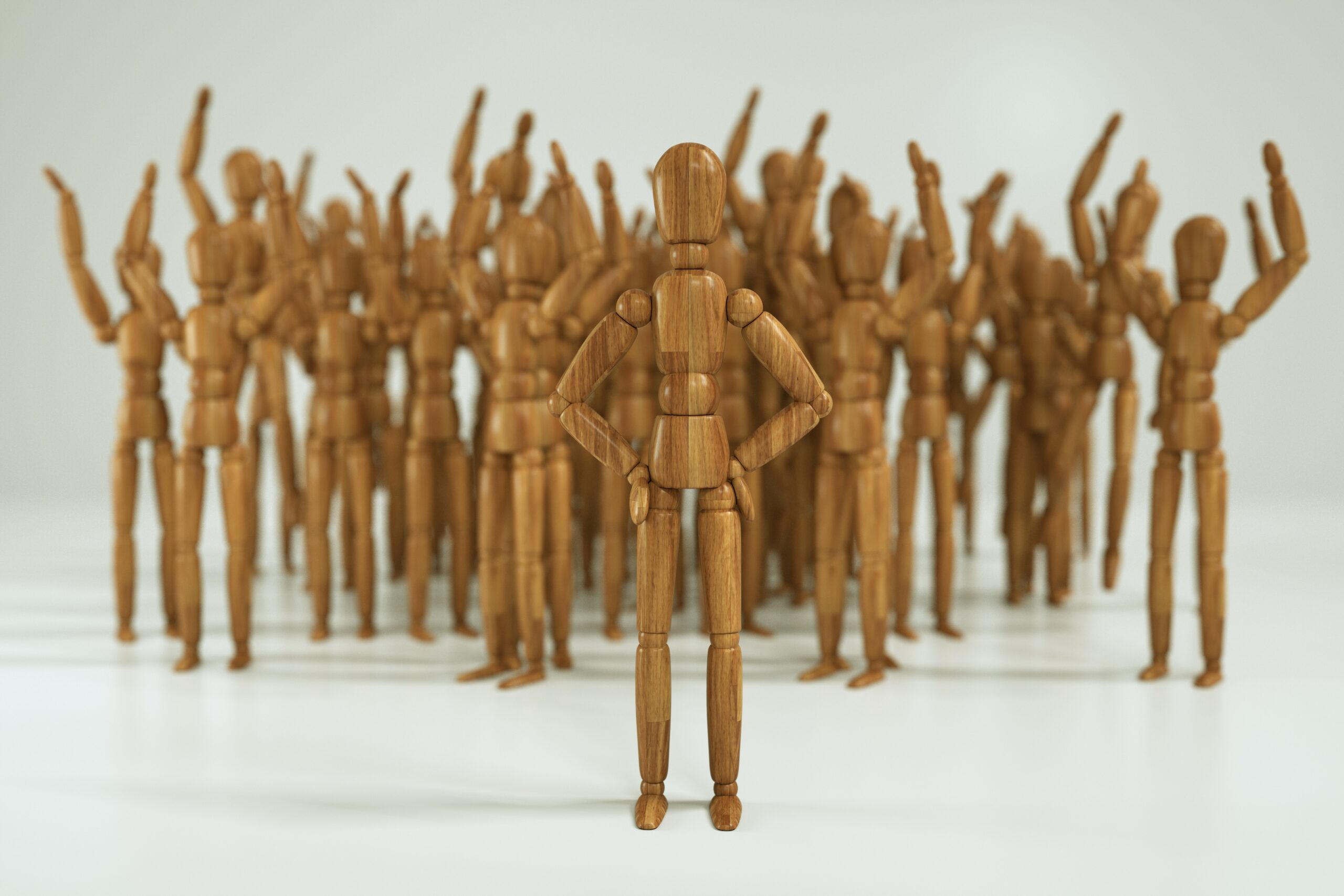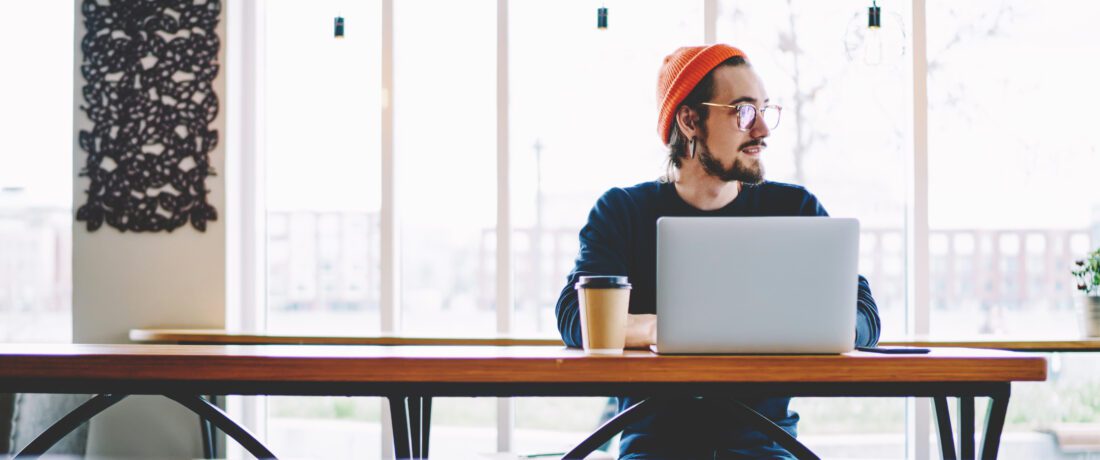
Let us take that cup of coffee and go sit with it for a while….
To make it easier let us pick one example only as a focus, say a Seattle based coffee company. How do we perceive the average customer, what do we think the regular customer is like? Profession, social status, aesthetically even? Are you a regular user of the brand or not and why? If you are, you realise the demographic of users is far wider than the next example. If not, have you painted a picture in your head of the typical customer? This typical customer may vary from one mind to another, but after my last conversation let us pick a theoretical scenario that they have a big creative following.
As a relaxed establishment, known to be populated by people who sit there nursing their flat white from behind a laptop. Perhaps we could assume them as a stream of potential playwrights, let us give them full grown beards and baker boy caps (just because it’s a distinct type of character) with the lifelong dream of writing that award-winning screen play. It’s a place where these guys sit musing daily, but never quite manage to get that play written. I’m sure by now, you can conjure the image up quite succinctly and how many of you will recall that image next time you pass one of their stores? With the theory like attracts like, perhaps it starts with just one person who becomes known for what he sits there doing, word spreads and attracts others with similar interests. It builds a habit and becomes the go to place to hang out, look cool, think about writing that screenplay reinforcing that identity building a subculture.
Most people crave a sense of belonging, wanting to fit in, perhaps even find their ‘tribe’. When they establish a sense of self and find what they think is their place, other options become less acceptable or at least less appealing. Consider the tribes we all see, Mods and Rockers, “Old school Tie” wearers and Football Hooligans You could go on pulling examples of this out of the bag. Like moths to a flame, like cosplay to a manga convention.
This is a light-hearted look at a complex and serious topic. If you can think of the way biases are formed and assumptions guide and condition individuals, filtering through into society. Our desire to belong leads us to surround ourselves with people that we may or may not fully agree with, however as we effectively limit our social interactions to those of our “Group” our opinions begin to converge with other members. Competition and beliefs of “right” can further fuel more extreme views and behaviours. People are either within our group or they are to be shunned.

You can see how there are many analogies that have been used to illustrate this point; all with varying degrees of assumption, levels of severity and consequence. Bias can breed comfort or discomfort among people, inclusion, and exclusion.
Once you recognise that your company is in effect a group of its own that can become fixated on “like seeks like”, you suddenly end up with a homogenous board room where a limited set of experiences are used and supported because they are “comfortable”. Diversity in leadership is of benefit because bringing diverse experiences and ideas to the fore leads to more innovation and richer strategic planning and preparation.
The moral – just because it’s what we know or what we’re used to, it doesn’t make it right.
Is there something within this that creates a lightbulb moment for you? Maybe you see a reflection in your business of that bias? The people you employ, the systems you use, your suppliers, your business processes? It’s all something to consider, thrown out there for discussion and to help you think about the way you go about your life and business thereafter. By stepping back and becoming aware of how and where biases were formed and taking the opportunity to cast our minds a little wider, taking on diverse points of view and trying to engage and understand behaviours, it could provide a major turning point.


